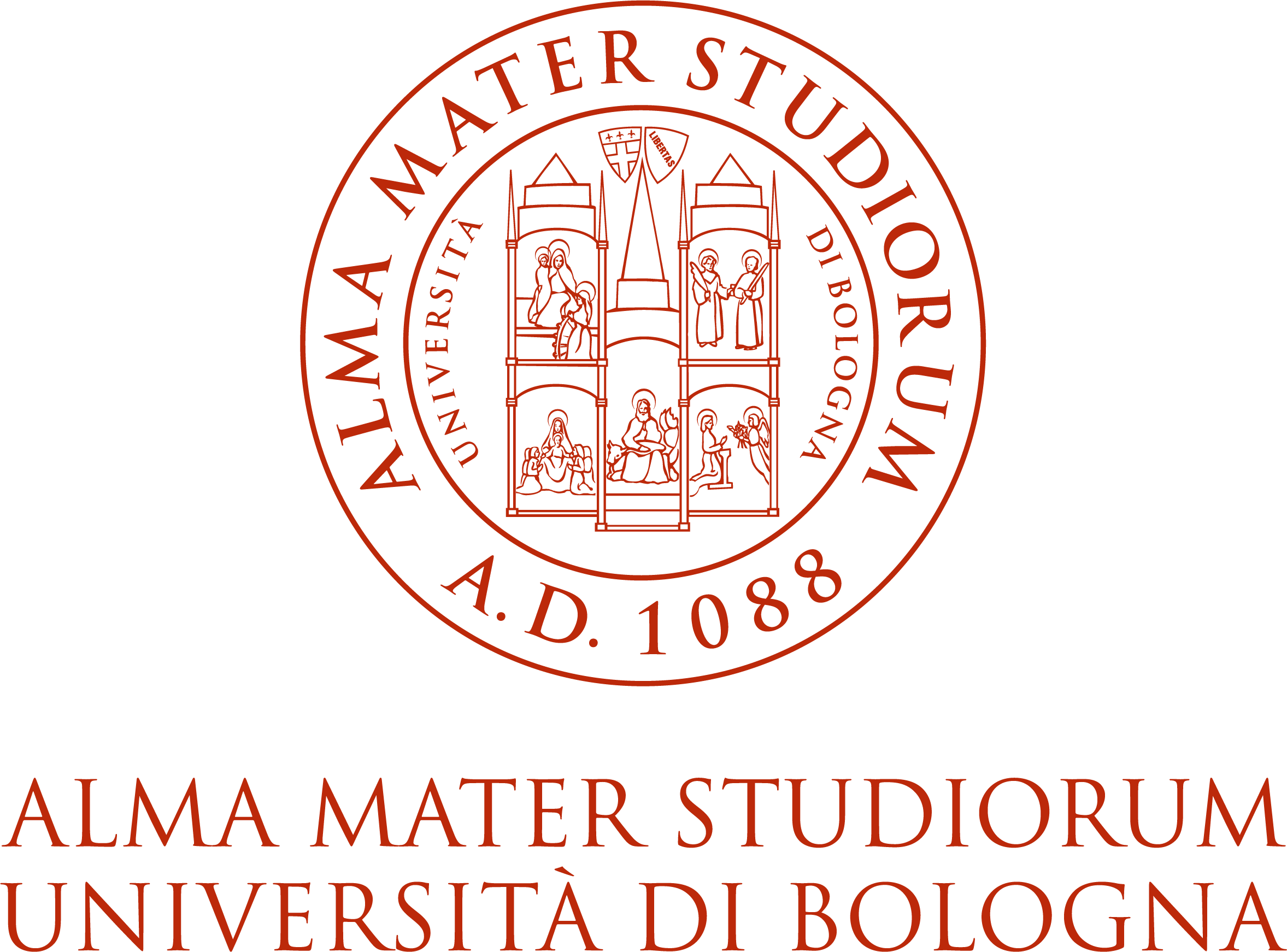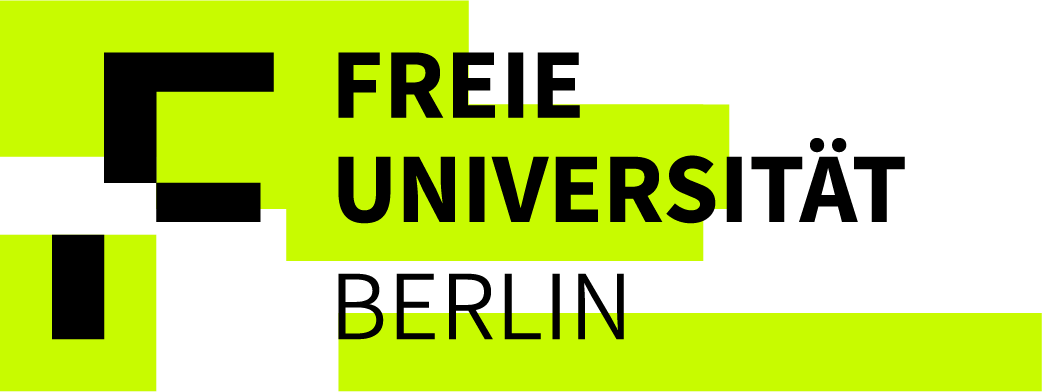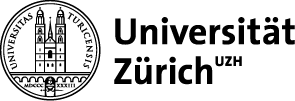Doctoral Programme in Cultural Heritage
Co-developed by
Heritage and social capital, mutuality and volunteering (TRT3)

Cultural Heritage: Social Capital, Mutuality and Volunteering
In 2011, the architect-curator Rem Koolhaas made a complaint: over three centuries, heritage has expanded its empire: from objects to buildings, buildings to settings, settings to landscapes, tangible landscapes to intangible practices. Along the way, the government of this empire has grown more and more complex, from individual antiquarians and collectors to national and international bodies such as ICOMOS and UNESCO.
And yet, at the same time, it has never actually decided what that empire is actually for. Research in this area will address this question, asking how cultural heritage is produced, and what it produces,
LauraJane Smith has written that this ‘Authorised Heritage Discourse’ (Smith 2014 p. 135) has long been imagined as somehow separate from the rest of social conduct:
as material, non-renewable and fragile. It privileges aesthetically pleasing material objects, sites, places and/or landscapes. Their fragility requires that current generations must care for, protect and venerate these things so that they may be inherited by future generations. Within this framework heritage is something that is ‘found’...
This transnational research group of Una Europa challenges this discourse to ask what we might do with heritage beyond venerating it, in order to give its empire a mission.
Starting with the Burra Charter 1999, studies aiming to develop methodologies for assessing the value of heritage (Getty Conservation Institute 2002, ICOMOS 2011, Historic England 2019), have developed, categories of heritage significance such as historical, evidential, aesthetic and communal value.
But whilst heritage disciplines have become, over time, adept at defining and assessing the first three of these categories, the last and newer category of ‘communal value’ has proved more challenging. The close association of heritage with the communal values of the nation state has been challenged by other conceptions of community: both smaller scale (local communities for instance, and differently distributed (communities of identity, mobility, or digital connection). The institutions have often found it hard to keep up with the continuously shifting shape of the communities whose heritage they were established to safeguard.
This is a process that is being recognized by JPICH, who in their 2020 Strategic Research and innovation agenda name ‘a reflective society’ and ‘Connecting people with heritage’ as priority themes. Under these headings, they seek research that will not just protect heritage, but will explore how we can use it to ‘empower’ society’, and ‘facilitate the bringing together of citizens and practitioners in co-creation processes’ contributing to the formation of sustainable identities, well-being, and social cohesion. In short, the current European research agenda concerning heritage asks how its cultural capital might be translated into social capital.
One the one hand, this agenda explores strategies for public engagement - an already well-established current of activity through which heritage stakeholders – often institutional – seek to make their heritage assets more relevant to contemporary and increasingly diverse audiences. On the other, the relations and flows of power and authority that are evoked through processes of engagement are more complex and contested than terms like ‘co-creation’ can easily account for (Morse, Macpherson and Robinson 2013, Graham 2012, Mygind, Hällman and Bentsen 2015).
Recently, international pilot programs have tested people-centred heritage approaches in diverse cultural and organisational contexts: People and Heritage run by ICCROM (International Centre for the Study of the Preservation and Restoration of Cultural Property); Nature-Culture: The World Heritage Leadership partnership between IUCN (International Union for Conservation of Nature), ICOMOS (International Council of Monuments and Sites) and ICCROM; Panorama – solutions for a Healthy Planet developed by IUCN and GIZ (Deutsche Gesellschaft für Internationale Zusammenarbeit GmbH).
In addition, digital technologies raise new possibilities for generating and supporting relevance, including the ‘distributed museum’(Proctor 2010; Rodley 2019) and collaborative digital experiences, where Perry et al (2019) note that digital experiences in heritage settings are often designed for individuals rather than groups. In the current pandemic context, there is a strong argument for developing digital visitor experiences at a distance, which also create opportunities for developing new audiences who may encounter heritage infrequently, if at all.
But research in this thematic area can go beyond the issue of public engagement to enquire how heritage assets, and the processes through which people engage with them contribute to ‘communal’ values that go beyond heritage itself. Indeed, it can explore ways in which communities go beyond working with existing heritage assets to creating new ones – or conversely, ‘declassifying’ them. In this context, heritage comes to refer to the processes of its own creation (and destruction) as much as the things which are created or destroyed.
The sort of research might build on the context of more recent writings on heritage such as critiques of the ‘Authorised Heritage Discourse’ or Otero Pailos and Arrhenius’ (2016) accounts of ‘Experimental Conservation’ to point towards alternative approaches that have not found their way into official pronouncements. This process will build on accounts of, and experiments in, participatory engagement (see, for example Markus Miessen’s Did Somebody Say Participate? (2006)). This research might inquire what would happen if the “in betweenness” of historic, objects, and practices, which are, of course, in perpetual development, was set to work? What if the processes of change that sites inevitably undergo during their lifecourse (Cairns and Jacobs 2014) – and the fascinations they can arouse – were harnessed, so that the process itself, rather than its products contributes to social formation?
This call, then, will interest heritage scholars (and activists) from across the social sciences and humanities in politics, ethics, and activism, as well as scholars with a particular commitment to generating societal impact.
Edward Hollis, February 2021
TRT3 Activities
Discover the program of the TRT3 workshop taking place on March 14, 2025.
Follow the news of the TRT3 in their blog.








